BUILDING A STRONG, muscular back starts with the basics. You likely know that the classic pullup can be the cornerstone of a training plan—but it's not the easiest movement to master, especially for beginners. The next step, then, is to turn to rows. Once you do, there's one underrated back exercise that's even more accessible to challenge fitness novices and experts alike. To gain back strength and build the aesthetic you're looking for, you need to start adding the seated cable row into your routine.
The seated cable row "is one of the best ways to learn and build all around back muscle," says Ebenezer Samuel, C.S.C.S., Men's Health fitness director. If you're just starting out in the gym, this move helps you understand and prime the proper shoulder blade movement you need to gain control of your back muscles. If you're a seasoned vet, the cable row also provides a safe way to stack on heavy weight.
Here, Samuel talks us through everything there is to know about the cable row.
How To Do the Cable Row
For many exercises, proper form is fairly rigid. There are rarely several ways to do a move correctly. That's not the case for the cable row. Depending on where you are in your fitness journey, there are two ways you can utilize this move to get achieve back gains.
Beginner
If you're just starting out, it's important to learn the movement of scapular retraction—the act of squeezing your shoulder blades back and down. This version of the cable row will help you do just that.
How to Do It:
Advanced
After a good two to three months of priming your rhomboid strength by working through the beginner version of the cable row, then you can move into a more complete range of motion with the advanced version. Similar movements, like the bent-over row, require you to keep the spine rigid to avoid placing stress across the lower back. With the seated cable row, you'll be able to stretch the spine and the lats to allow for a bigger range of motion through the pull.
How to Do It:
Muscles Trained in the Cable Row
No matter which version of the seated cable row you're doing, you're going to narrow in on two of the major muscle groups in your back. The first one, the rhomboids, sit just between your shoulder blades, and pulls them together when activated. The second, the latissimus dorsi, or the lats, are big, fan-like muscles that run from the shoulders all the way to the pelvis.
But that's not all; the cable row is a sneakily effective exercise. Not only will you narrow in on your back muscles, but you'll also challenge your biceps and grip strength more than you'd think. Once you progress into the advanced version of the row, your low back extensors also play a role.
Benefits of the Cable Row
Builds Back Muscles
This movement really targets the rhomboids and lats, two of the largest back muscles in the body. It build strengths that translates into loads of other exercises, such as pullups and deadlifts. Building strength through our back muscles helps us maintain proper posture and protect the spine. The aesthetics of building a bigger back don't hurt, either.
Helps Shoulder Health
Understanding proper scapular retraction will help prevent potential shoulder injuries. When you pull your elbows back without pulling through the shoulder blades, you'll "create a shoulder girdle position that's going to invite the head of the humorous (the top of the shoulder) to travel forward, and this can be a mechanism for injury," Samuel says.
Takes the Low Back Out of Bent-Over Rows
The cable row mimics a similar movement pattern as the bent-over row, but flipped 90 degrees. Instead of placing our weight through our feet, we're seated. Being seated rather than standing takes out potential stress on the low back, allowing us to load on the weight and challenge our mid-back muscles even more.
Common Mistakes With the Cable Row
Progressing Too Quickly
Don't be afraid to utilize the beginner format for a number of months, "especially if you have a desk job," Samuel says. "You're saddled with years of poor shoulder blade movement, so being deliberate with how you move can help you build the critical muscle that will serve you later."
Control the Tempo and Stretch
In the advanced version of this move, people often move too quickly without deliberate movement. Think about stretching through the upper back as you stretch forward, not the lower. Stretching through the lower back too much can create a rocking motion you don't need. Take your time to think about it as you do it—don't rep these out as quick as possible.
Don't Lean Too Far Back
"Don't turn this into a deadlift," Samuel says. If you create a large angle with your torso relative to your thighs, you're working less mid-back and have transferred the work into your glutes and low back like you would in a deadlift. Finish the movement with your torso at 90 degrees relative to the ground.
How to Add to the Cable Row to Your Workouts
No matter which version of the cable row you use, this should always be a high volume exercise. Aim for 3 to 4 sets of 10 to 15 reps, Samuel says. Schedule the movement for your upper body or back-focused workouts.










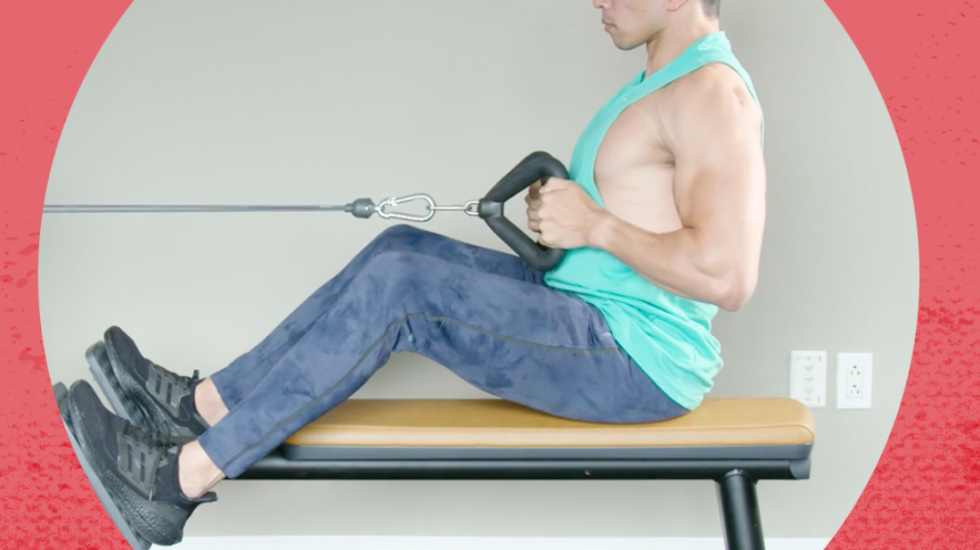





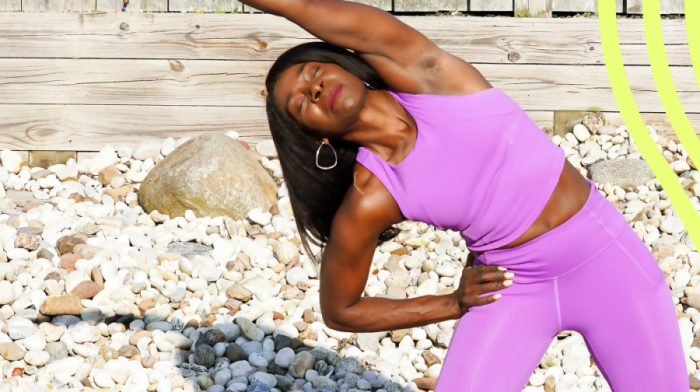

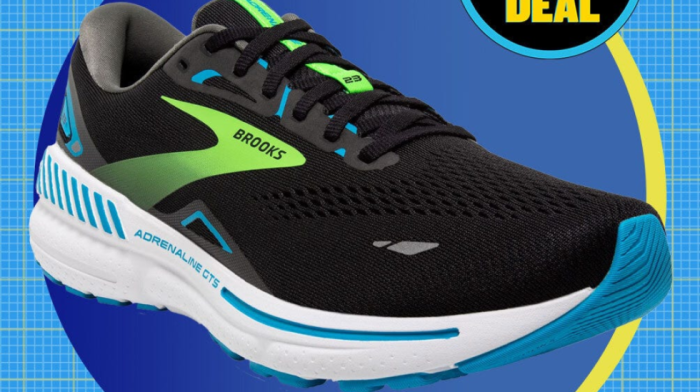
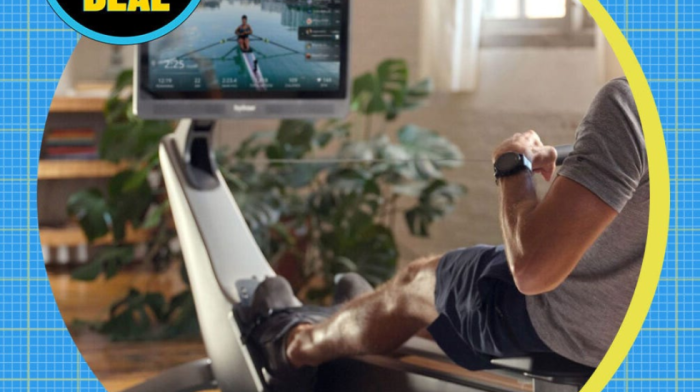
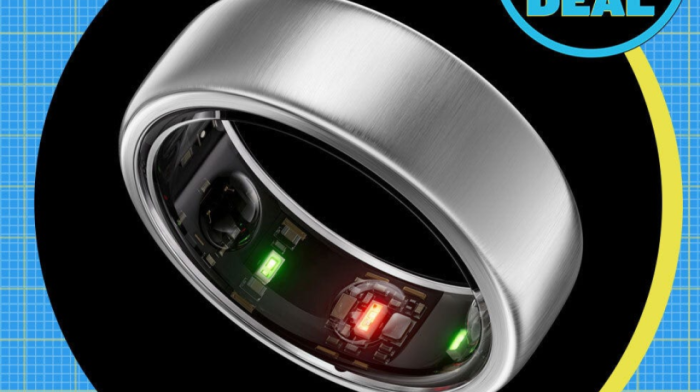
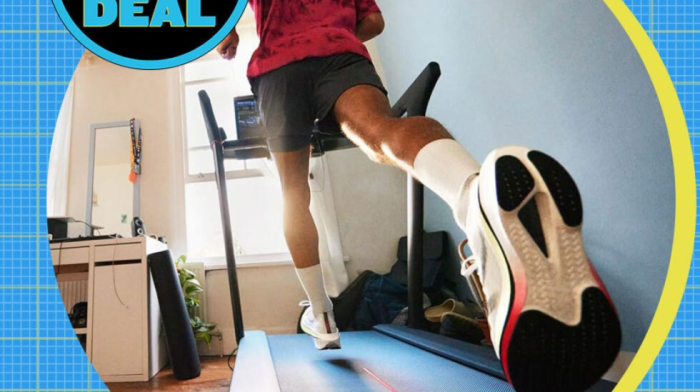

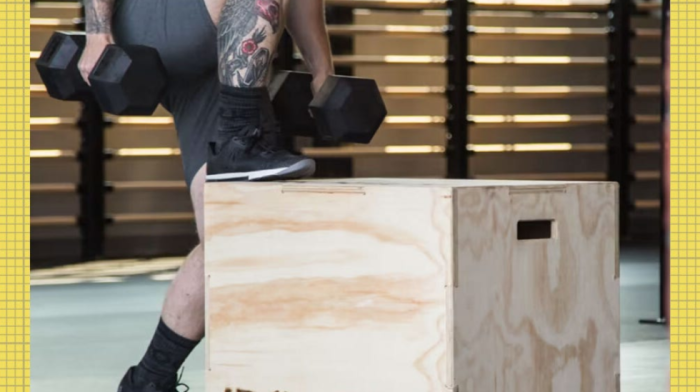

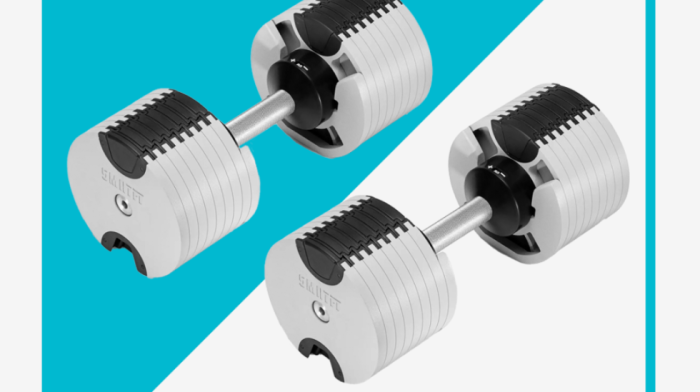
Comments (0)